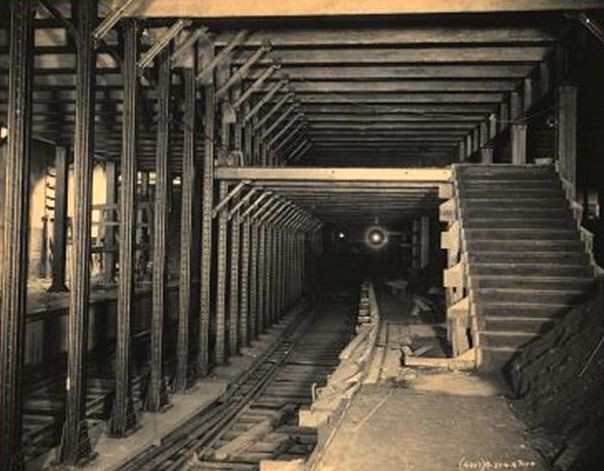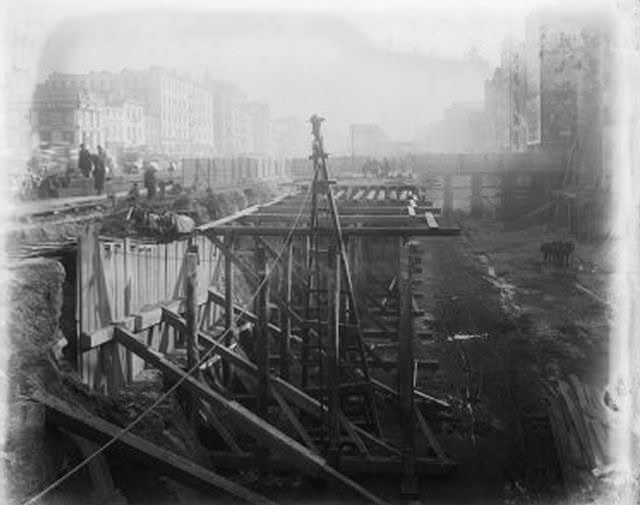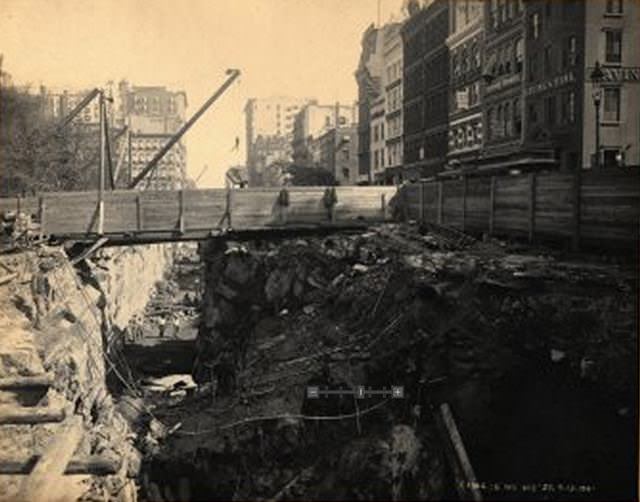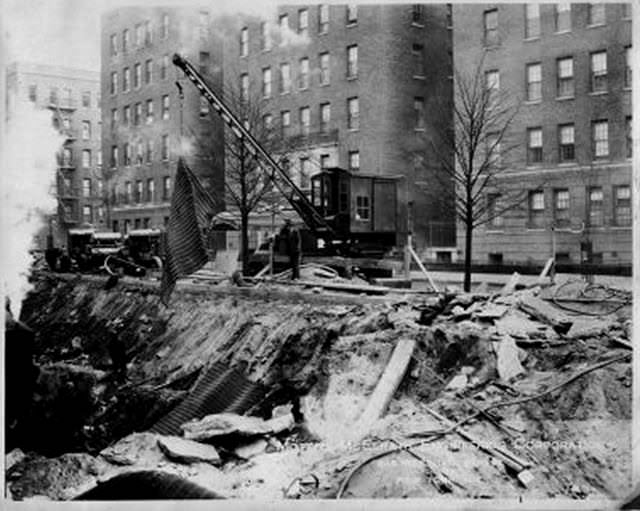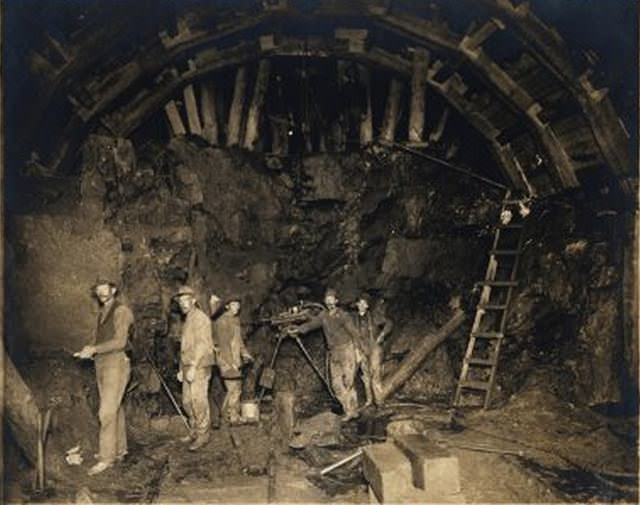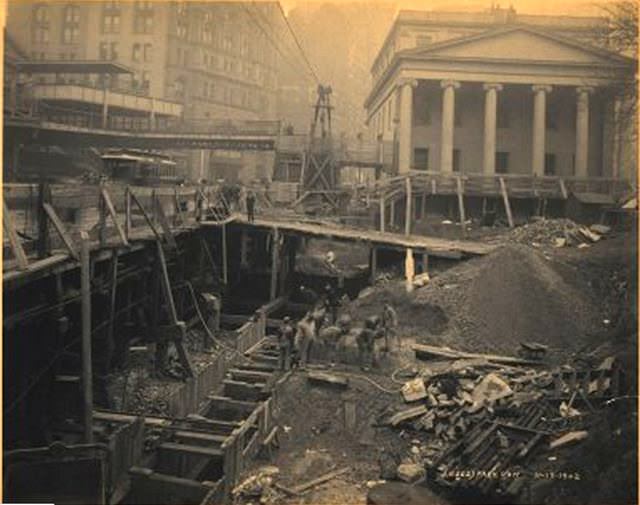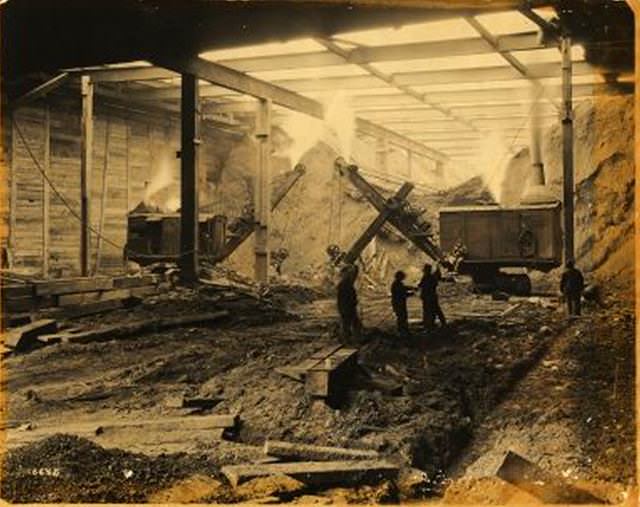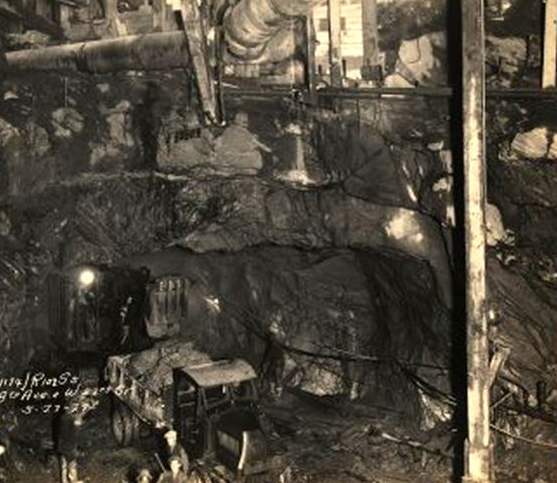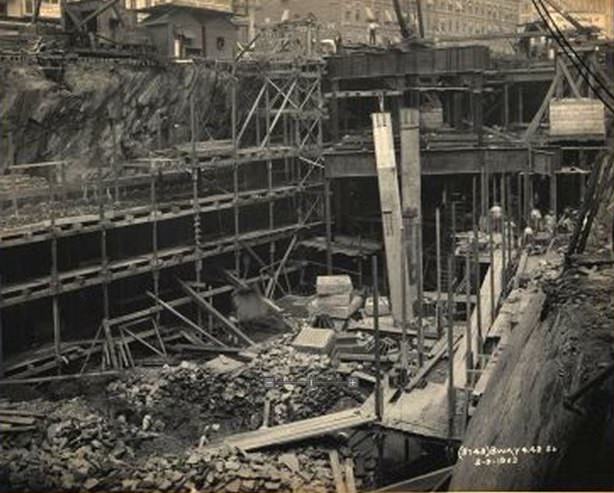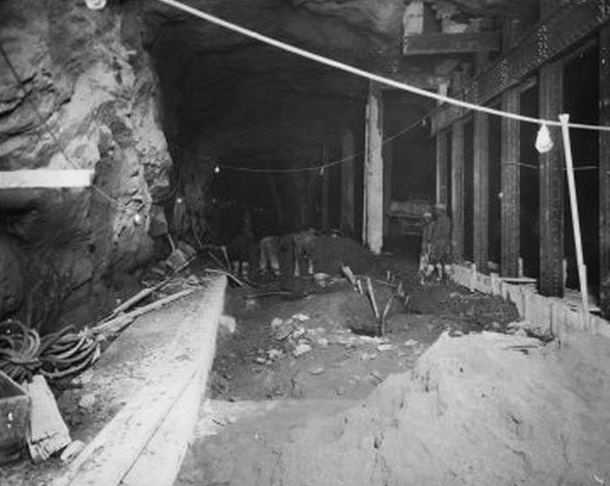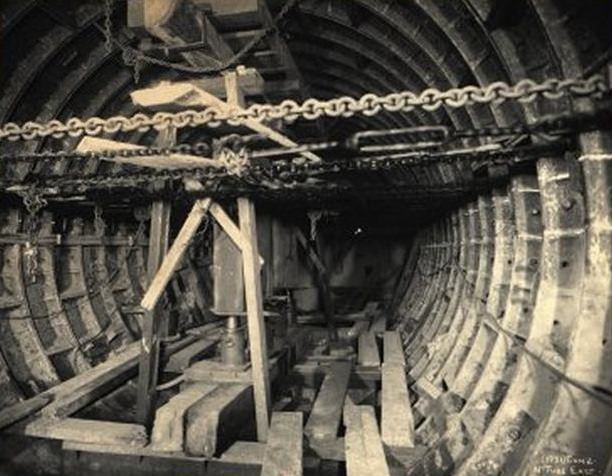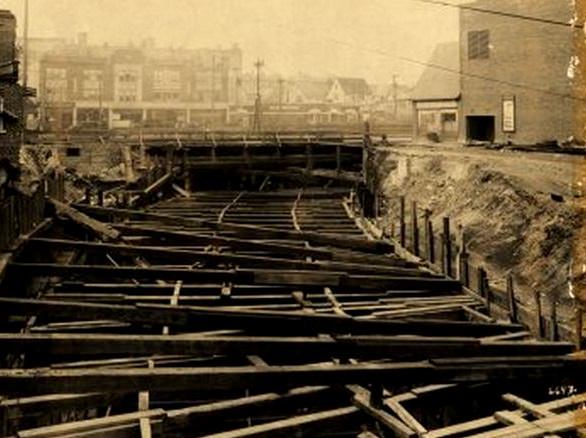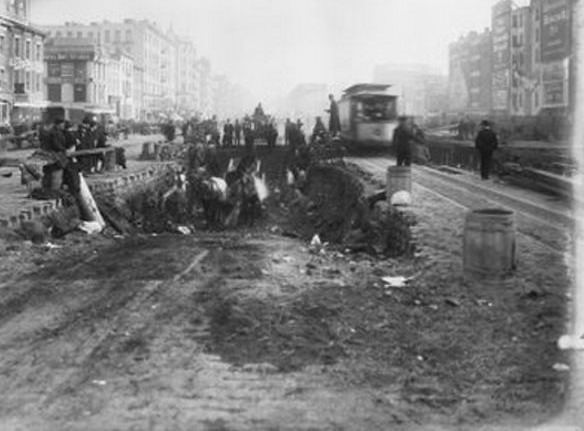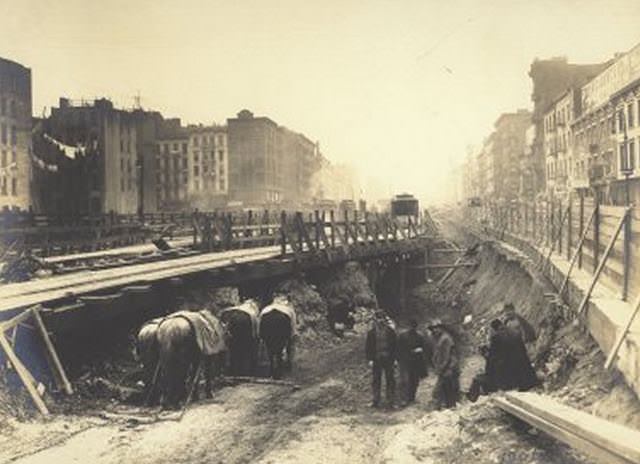The subway system in New York City is one of the largest and most complex in the world. Its construction began in the early 1900s, transforming the way people traveled through the city. The story of this monumental project spans from 1901 to 1931.
Early Beginnings
Before the subway, New York City relied heavily on horse-drawn carriages and streetcars. The need for a faster and more efficient way to travel became obvious as the city grew. Alfred Ely Beach demonstrated the idea of an underground transit system in 1869. He created a short, 312-foot tunnel under Broadway in Lower Manhattan. This first attempt was innovative but was not enough to inspire widespread development.
The first actual underground subway line opened on October 27, 1904. This line ran from City Hall to 145th Street, covering a distance of about 9.1 miles. The success of this line sparked interest in expanding the system throughout the city..
Read more
The Expansion Begins
In 1901, the city began planning for a more extensive subway system. Engineers and city planners worked together to design a network that would connect various neighborhoods. The goal was to create a reliable transit system for the growing population.
Construction was not easy. Workers faced many challenges, including difficult soil conditions and existing infrastructure. They used several techniques to dig the tunnels. One popular method was called the “cut and cover” technique. This involved digging a trench in the street, laying the tracks, and then covering it back up.
Notable Projects
One of the most significant projects during this time was the construction of the IRT, or Interborough Rapid Transit Company. This company was responsible for building many of the subway lines that we know today. The IRT focused on creating lines that would serve the densely populated areas of Manhattan and the Bronx.
In 1904, the first segment of the IRT opened, providing a much-needed service for commuters. The subway quickly became popular. By the end of the first year, ridership exceeded 40 million passengers.
The Construction Process
Building the subway required a large workforce. Thousands of men, often referred to as “sandhogs,” worked in the tunnels. They faced dangerous conditions, including cave-ins and flooding. Safety measures were not as strict as they are today, making the job risky.
Despite the dangers, workers were dedicated to completing the project. They used hand tools, dynamite, and large drilling machines to excavate the tunnels. The noise and dust from construction were constant in the neighborhoods above.
The Flushing Line
One notable project during this period was the construction of the Flushing Line. This line connected Manhattan to Queens and was essential for connecting the two boroughs. Construction began in the early 1920s and was a significant undertaking.
The Flushing Line included a mix of underground and elevated sections. Workers faced challenges in aligning the tracks and ensuring safety in the tunnels. The line opened to the public in 1928, becoming a vital part of the subway system.
The Bronx Connection
As the subway system expanded, connecting to the Bronx became a priority. The city aimed to make public transportation accessible to all residents. The construction of new lines into the Bronx began in the early 1930s, helping to link more neighborhoods to Manhattan.
The Bronx’s subway lines were designed to accommodate the growing population. This expansion made it easier for residents to commute to work and access the city’s attractions.
The Opening of New Lines
By 1913, several new subway lines had opened, including the famous Sixth Avenue Line. This line connected various neighborhoods and made travel across the city more accessible. The subway system continued to grow, with more lines being constructed and opened throughout the 1920s.
The opening of each new line brought excitement and joy to the city. People welcomed the convenience of the subway, which allowed them to travel quickly without dealing with traffic.
The Great Depression and Construction
The Great Depression in the 1930s slowed many construction projects across the country. However, the subway construction continued. The city recognized the importance of public transportation for the economy. Completing the subway system provided jobs and improved access for residents.
Despite economic challenges, workers remained committed to finishing the subway. The construction of new lines continued until 1931, when many of the major projects were completed.


